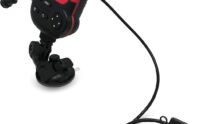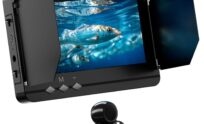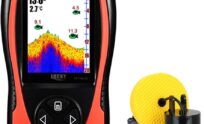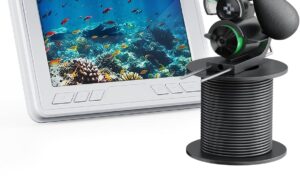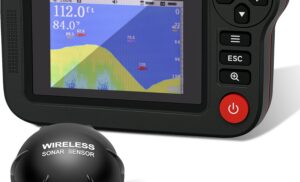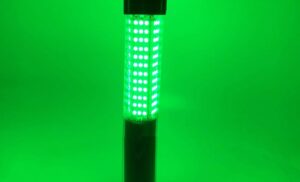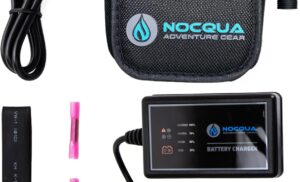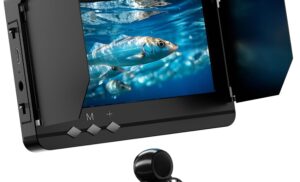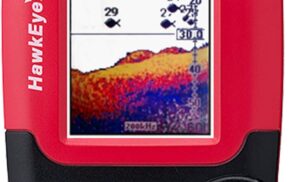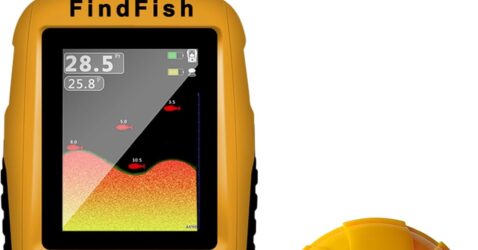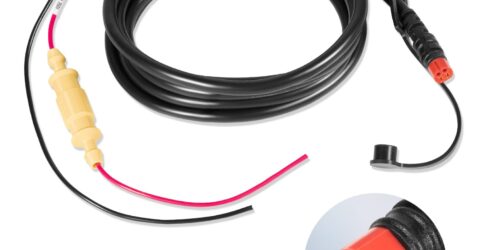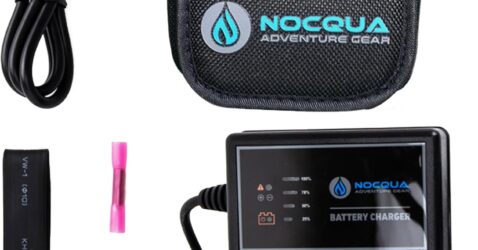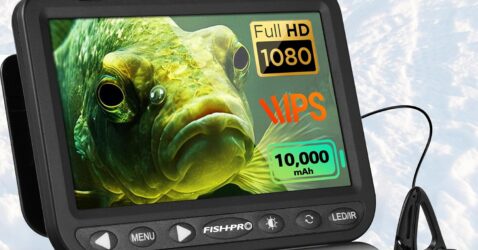Best Practices for Charging and Storing Your Fish Finder Battery
A fish finder can be an invaluable tool for anglers, providing real-time data on underwater structures, fish locations, and water conditions. To ensure your fish finder operates at peak performance, it’s essential to properly care for its battery. In this article, we’ll explore best practices for charging and storing your fish finder battery to maximize its lifespan and efficiency.
Understanding Your Fish Finder Battery
Before diving into charging and storage practices, it’s important to understand the type of battery your fish finder uses. Most fish finders operate on either lead-acid or lithium-ion batteries. Each type has its own characteristics, charging requirements, and storage guidelines.
-
Lead-Acid Batteries: These are traditional batteries that are generally heavier and less expensive. They require careful maintenance, including regular charging and monitoring of fluid levels.
- Lithium-Ion Batteries: These are increasingly popular due to their lighter weight, longer lifespan, and faster charging capabilities. They typically require less maintenance than lead-acid batteries but still need proper care.
Best Practices for Charging Your Fish Finder Battery
-
Read the Manufacturer’s Instructions: Always start by referring to the user manual for your specific fish finder and battery. Each model may have unique charging requirements or recommendations.
-
Use the Correct Charger: Ensure you use a charger that is designed for your battery type. Using an incompatible charger can lead to battery damage or reduced performance.
-
Charge in a Safe Environment: Charge your battery in a dry, well-ventilated area away from direct sunlight and extreme temperatures. Avoid charging near flammable materials.
-
Avoid Overcharging: Overcharging can significantly reduce the lifespan of your battery. Most smart chargers will prevent overcharging by shutting off when the battery is full. If your charger doesn’t have this feature, monitor the charging process closely.
-
Charge After Use: Always charge your battery immediately after using your fish finder. This practice helps maintain optimal battery health and ensures that your device is ready for your next outing.
- Monitor Battery Health: Regularly check the condition of your battery. Look for bulging, leaks, or corrosion, especially in lead-acid batteries. If you notice any issues, replace the battery before it fails.
Best Practices for Storing Your Fish Finder Battery
-
Choose a Cool, Dry Location: Store your battery in a cool, dry place, away from direct sunlight and extreme temperatures. Ideal storage temperatures are generally between 32°F to 77°F (0°C to 25°C).
-
Fully Charge Before Storage: For lead-acid batteries, charge them fully before storing. Lithium-ion batteries should be stored at around 50% charge. This helps prevent deep discharges, which can damage the battery over time.
-
Periodic Maintenance: For lead-acid batteries, check fluid levels periodically and top them off with distilled water if necessary. For lithium-ion batteries, check the state of charge every few months and recharge if needed to avoid deep discharge.
-
Disconnect from Devices: If possible, disconnect the battery from your fish finder or any other devices when storing. This helps prevent any parasitic drain that can occur over time.
-
Store in a Stable Environment: Avoid storing your battery in areas with fluctuating temperatures, such as garages or sheds. Extreme heat or cold can adversely affect battery performance and lifespan.
- Protect from Physical Damage: Store your battery in a protective case or in a location where it won’t be subjected to potential physical damage. This is especially important for lithium-ion batteries, which can be sensitive to impacts.
Conclusion
Proper care and maintenance of your fish finder battery are essential for ensuring its longevity and reliable performance on the water. By following the best practices for charging and storing your battery, you’ll maximize its lifespan and ensure that your fish finder is always ready when you need it. Remember, a well-maintained battery not only enhances your fishing experience but also saves you money in the long run by avoiding premature battery replacements. Happy fishing!


